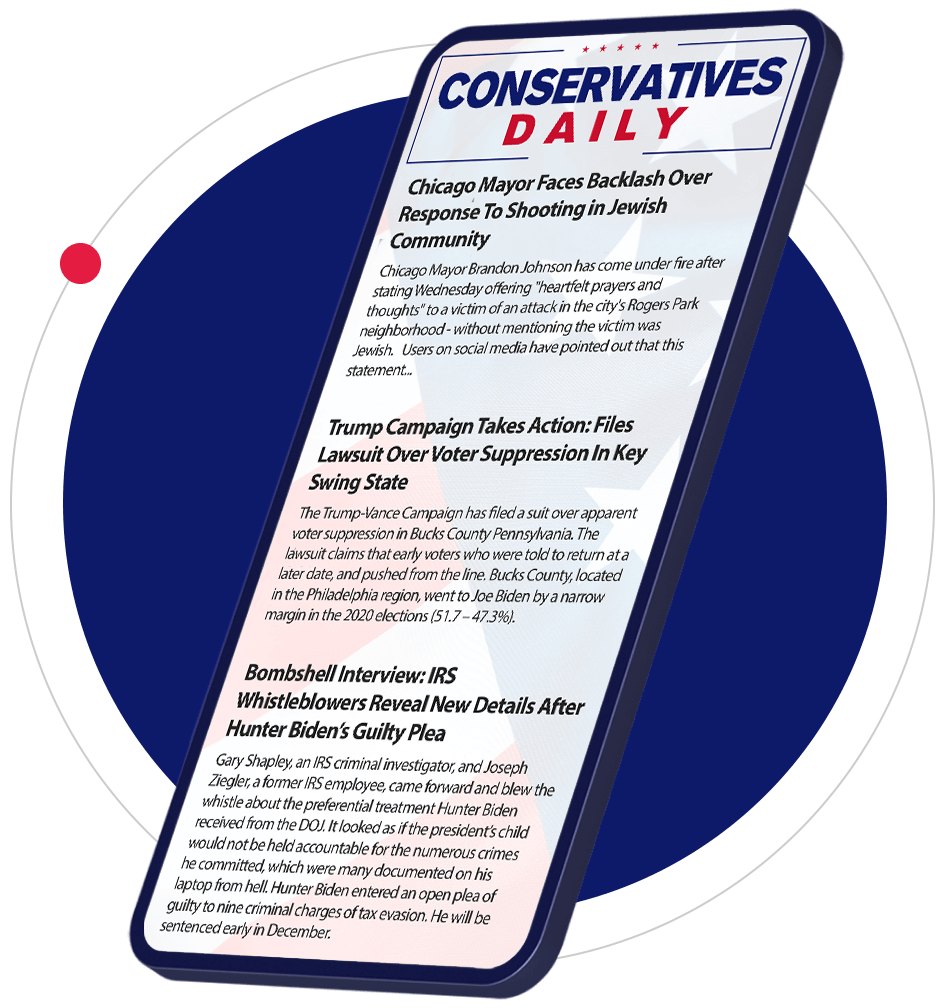In the halls of Congress where truth often comes at a premium, more than a dozen Boeing whistleblowers have stepped forward to shine a light on what they say are serious safety concerns at America’s premier aircraft manufacturer. Like threads in a complex tapestry, their testimonies weave a troubling pattern of compromised safety standards and questionable manufacturing practices.
During Tuesday’s Senate hearing, Senator Richard Blumenthal pulled back the curtain on the scope of internal dissent, revealing that “more than a dozen whistleblowers” have now come forward. A comprehensive congressional staff memo, running north of 200 pages, details how these brave souls from within the aviation industry have brought forth new evidence about safety risks in Boeing’s manufacturing processes.
Some of these truth-tellers prefer to remain in the shadows, while others stand ready to share their stories publicly for the first time. It’s worth noting that in my decades of covering aviation safety, such a chorus of internal voices raising alarms is rare indeed.
The Federal Aviation Administration isn’t escaping scrutiny either. FAA Chief Mike Whitaker, in a moment of striking candor, admitted his agency had been “too hands off” in its oversight of Boeing. Senator Maria Cantwell of Washington state raised eyebrows when she revealed that some FAA safety inspectors came from backgrounds far removed from aviation, including the dairy industry.
Perhaps most telling was the appearance of Boeing CEO Dave Calhoun, making his first-ever congressional testimony. While he’s presided over multiple aircraft groundings and the alarming incident of a fuselage panel blowing off in mid-flight, Calhoun has remained largely insulated from consequences. His $20 million annual compensation package and $45 million retirement golden parachute stand in stark contrast to the gravity of these safety concerns.
The hearing room crackled with tension as senators from both sides of the aisle grilled Calhoun with pointed questions. In a particularly poignant moment, as the CEO rose to leave, family members of crash victims held up photographs of their lost loved ones. Clariss Moore, who lost her daughter Danielle in a 737 Max crash, called out in anguish, “How could you?”
This unfolding story reminds us that in the high-stakes world of commercial aviation, safety must never take a back seat to profit. As these whistleblowers continue to come forward, they force us to confront an uncomfortable question: Has the pursuit of corporate efficiency compromised the sacred trust between aircraft manufacturers and the flying public?
That’s the way it is – a story still developing, with implications that reach far beyond the boardroom and into the lives of every American who takes to the skies.

